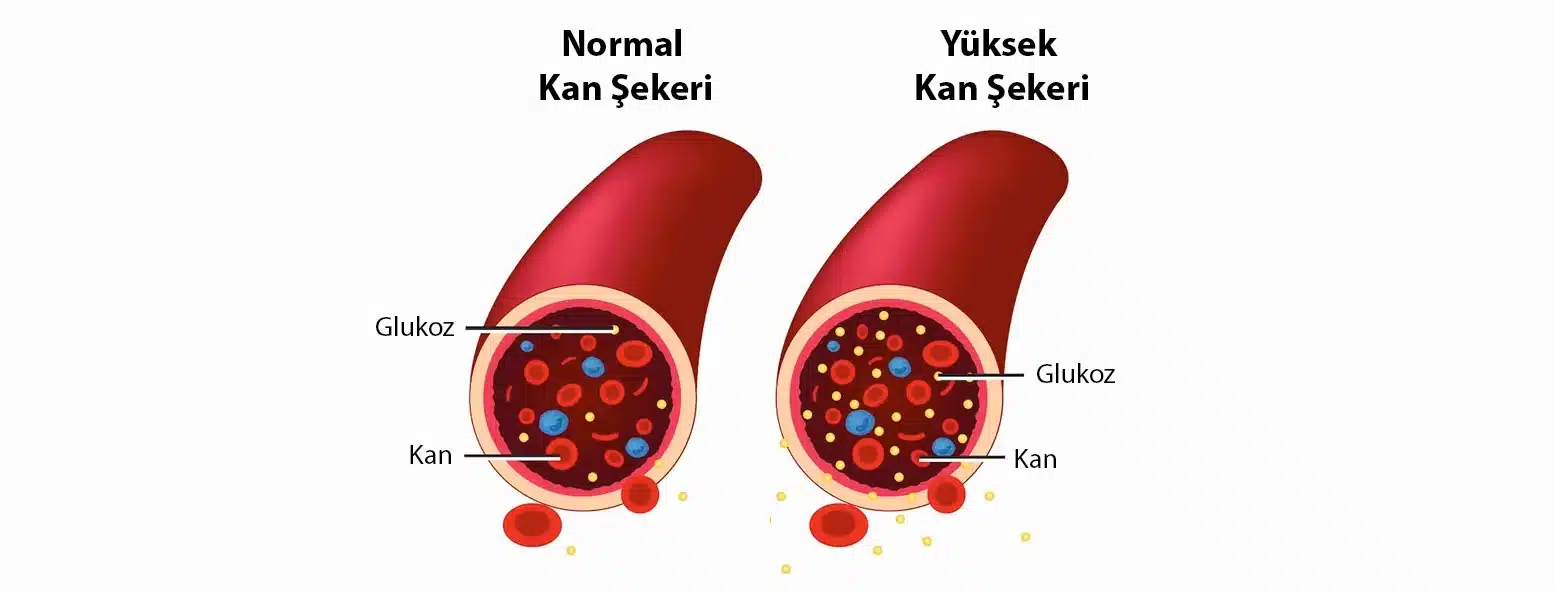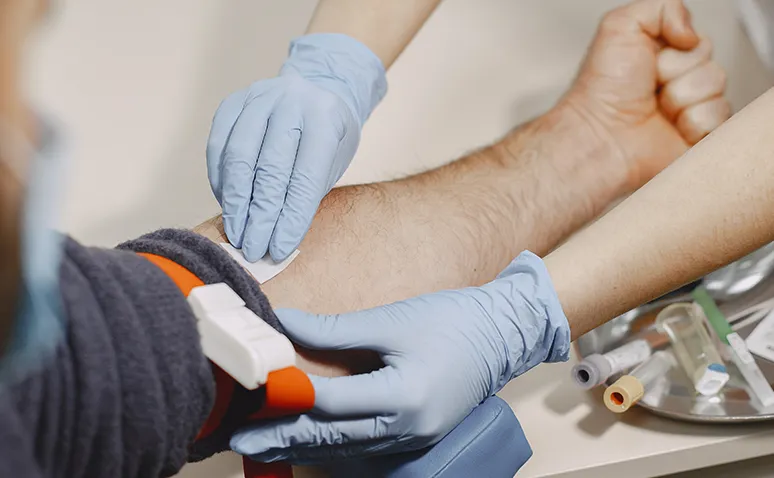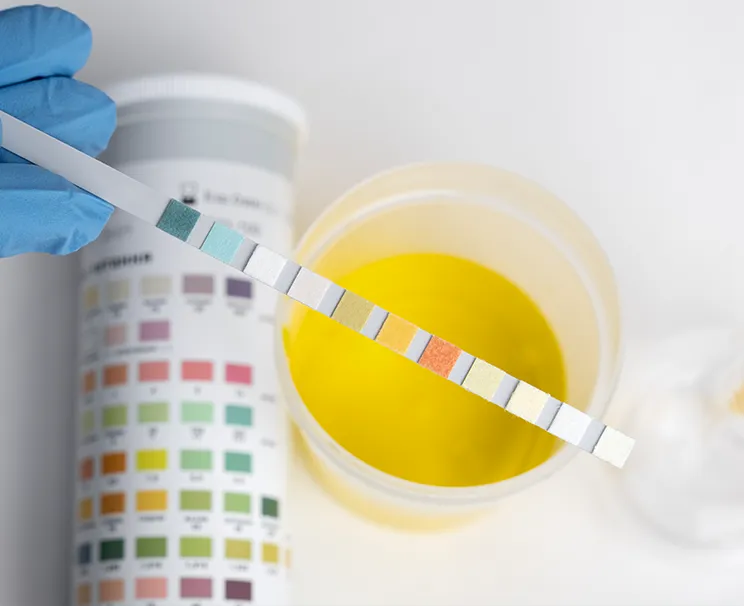
What is diabetes?
Diabetes is a disease that manifests itself with increased blood sugar (glucose). Our body obtains its energy from glucose. In fact, when it cannot find glucose, it uses other sources (fat and protein). However, it first converts them into glucose and then obtains energy. Therefore, since this route is more difficult, if there is glucose in the environment, the body prefers to use it as energy and stores the others. Diabetes, in contrast, occurs when glucose rises in the blood and is not used. The use of blood glucose depends entirely on the presence and activity of the insulin hormone. Insulin is the hormone that is secreted from the pancreas and enables the use of blood glucose by the cells, or more precisely, it ensures that the glucose is taken into the cell that needs it for use.
Diabetes is a condition in which glucose in the blood remains high and cannot be used for energy, if the amount of insulin is low or absent, or if the body cannot use insulin efficiently, as it cannot take excess glucose into the cells.
What kind of harm does high sugar (glucose) in the blood do to the body in diabetes?
Since high glucose in the blood will increase the density of the blood, this density increases the osmotic pressure of the blood (the pressure created by the high amounts of molecules in the blood). Thus, the thin membranes in the eyes and ears are damaged, hypertension develops (heart diseases), the filtering capacity of the kidney tubules is strained and kidney problems occur, which affects the excretion and recovery of other metabolites, resulting in significant changes in metabolism (impairment of the immune system, wound healing, coagulation). , affecting the nervous system and causing many secondary problems). When blood sugar rises, the body converts it into fat and stores it and tries to remove it from the blood. This triggers obesity and many related metabolic diseases. The patient always feels hunger and lack of energy. The body perceives this as a desire to eat, and the diabetic patient always has an appetite. This creates a vicious circle, resulting in blood sugar increasing even more as the patient eats.
What is Type I and Type II Diabetes?
If a person has Type I diabetes, this means the body secretes no or very little insulin. This is a form that may sometimes occur (autoimmune) because the immune system perceives the insulin-secreting cells of the pancreas as foreign cells and destroys them. These patients have to take insulin to survive. Type I diabetes can occur in childhood, adolescence, or at any age.
Type II diabetes is a condition in which insulin is secreted in sufficient amounts but cannot be absorbed into the cells that need it. Generally, if the amount of insulin is sufficient but more than can be taken into the cells in the blood (overweight, obesity), when there is no need for energy, not all of it can be taken into the cells and it will cause the insulin inputs in the cell membrane to deteriorate. It is characterized by its increase in the blood again, conversion to fat and the whole picture of Type I diabetes.
What is prediabetes?
People with prediabetes have higher than normal blood glucose levels, but not high enough to be diagnosed with Type II Diabetes. These people are prone to developing Type II diabetes in the future. Naturally, they have a higher risk of heart disease than other people with normal glucose.
What is Gestational Diabetes?
It is a form of diabetes that develops during pregnancy and is not normally seen. It mostly disappears after birth. However, these people have a higher risk of developing Type II diabetes and heart disease in the future. The cause of gestational diabetes may sometimes be due to the body’s lower response to insulin due to hormonal changes during pregnancy, genetic reasons and excess weight gain during pregnancy. This is a condition that causes health problems in both the mother and the baby and needs to be controlled. This control is especially important on the 24th-28th week of pregnancy. It is performed with a loading test or Oral Glucose Tolerance Test, if necessary, with the recommendation of a doctor.










